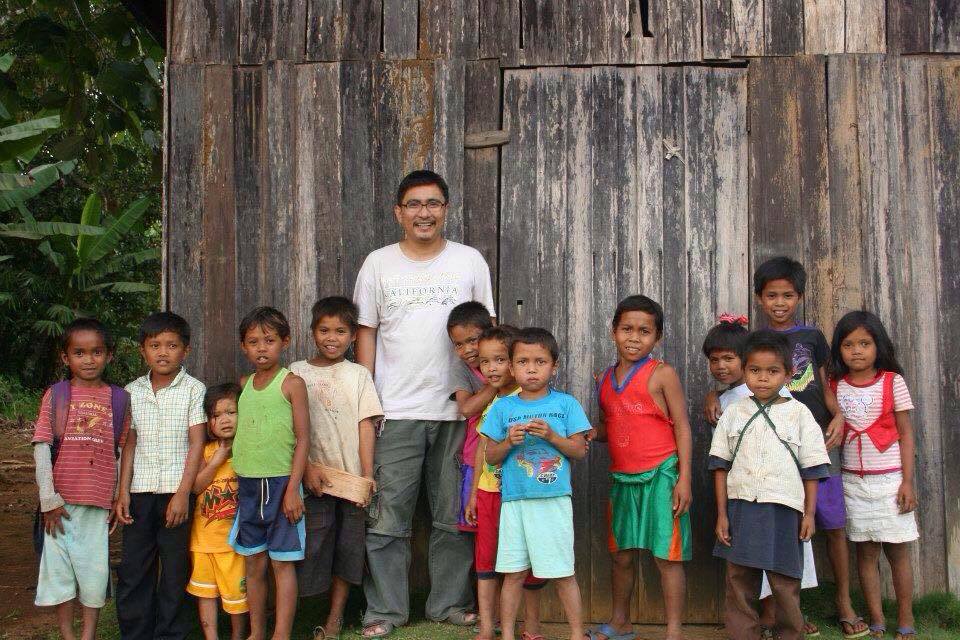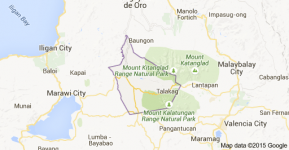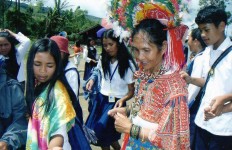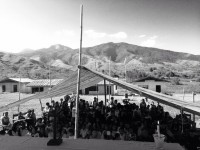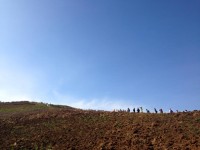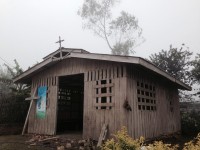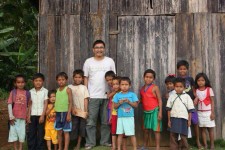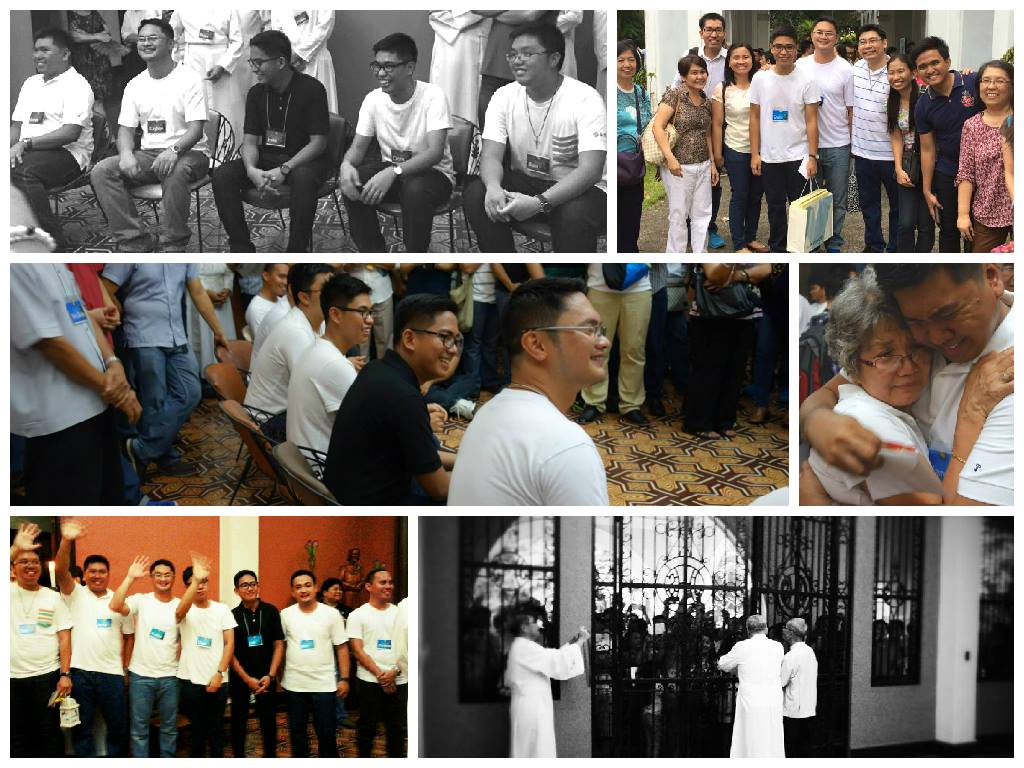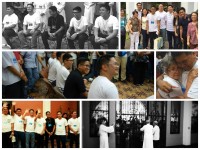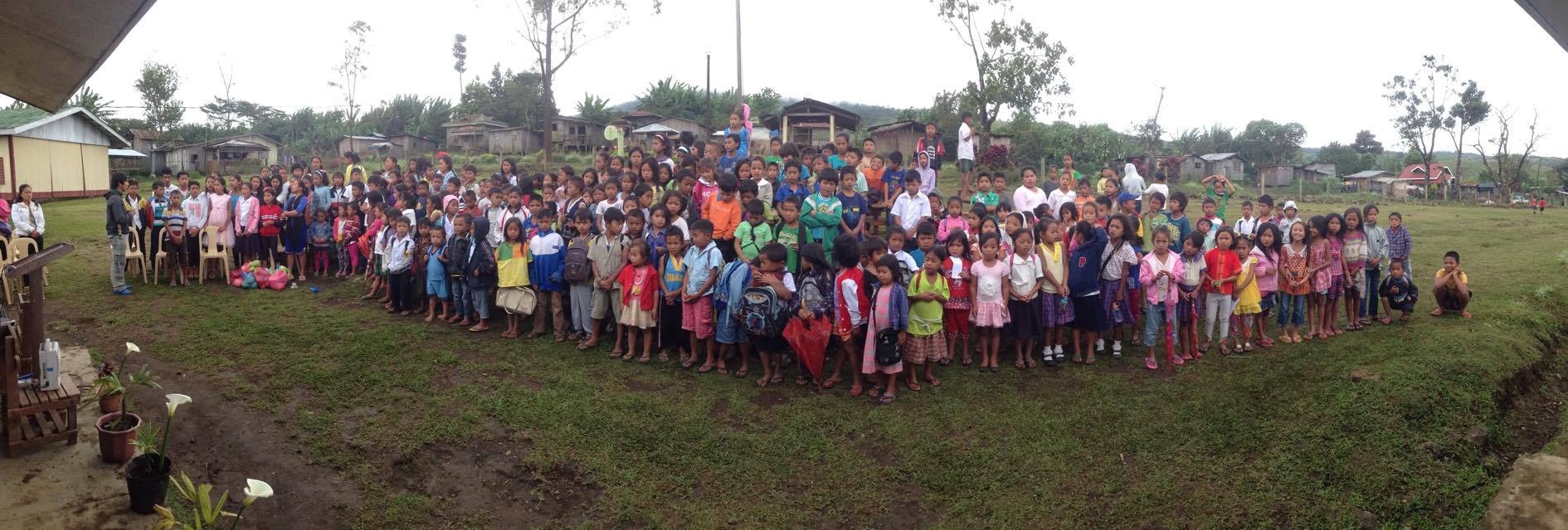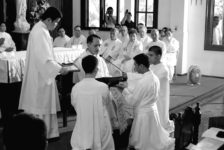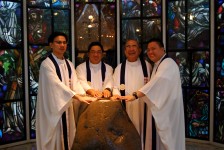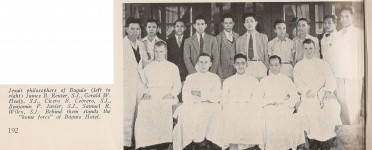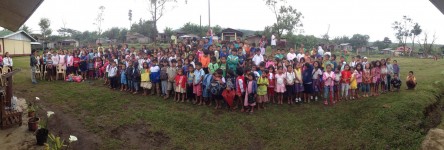The Word And A Reflection and Prayer
January 10, 2021

The Gospel according to Mark 1. 7 – 11
The Word
7 And this is what he [John the Baptizer] proclaimed: “One mightier than I is coming after me. I am not worthy to stoop and loosen the thongs of his sandals.
8 I have baptized you with water; he will baptize you with the holy Spirit.”
9 It happened in those days that Jesus came from Nazareth of Galilee and was baptized in the Jordan by John.
10 On coming up out of the water he saw the heavens being torn open and the Spirit, like a dove, descending upon him.
10 On coming up out of the water he saw the heavens being torn open and the Spirit, like a dove, descending upon him.
11 And a voice came from the heavens, “You are my beloved Son; with you I am well pleased.”
Take some time and imagine yourself to be one of the spectators in the picture.
What do you see? What do you hear? What do you feel? This is the Beloved Son of God – filled with the Spirit.
A REFLECTION and PRAYER
Ritual cleansing of one sin in a flowing stream or river is not uncommon. For sure, John the Baptizer was one of the many who is continually, like the prophets, calling the people back to God. Quite significant in this gospel reading today is that Jesus enters fully into the human situation, he will be baptized although he is without sin. John understood this, but Jesus said it is to fulfill all that has been written.
Our reflection today will focus on the gift of the Spirit as symbolized by the dove coming down upon Jesus. What did this mean for Jesus – and, in the same way, what does it mean for you and me?
Can I take a few moments for some important observation? This week – the last week of the Christmas Season – the Gospels at Holy Mass are focused on the early activities of Jesus – preaching and healing. But there is one special gospel story this week that set the tone for a good part of the gospel story. It concerned the visit to his own town of Nazareth and his activity in the synagogue on the Sabbath.
Please be patient to read this carefully – Luke’s Gospel Chapter 4, verses 16-22
Jesus visits Nazareth after his baptism and ministry in Galilee
16 He came to Nazareth, where he had grown up, and went according to his custom into the synagogue on the Sabbath day. He stood up to read
17 and was handed a scroll of the prophet Isaiah. He unrolled the scroll and found the passage where it was written:
18 The Spirit of the Lord is upon me, because he has anointed me to bring glad tidings to the poor.
He has sent me to proclaim liberty to captives and recovery of sight to the blind, to let the oppressed, go free,
19 and to proclaim a year acceptable to the Lord.”
20 Rolling up the scroll, he handed it back to the attendant and sat down, and the eyes of all in the synagogue looked intently at him.
21 He said to them, “Today this scripture passage is fulfilled in your hearing.”
22 And all spoke highly of him and were amazed at the gracious words that came from his mouth. They also asked, “Isn’t this the son of Joseph?”
Can we ask for this same gift of the Holy Spirit? Do we want this gift – healing and comfort for others sharing with those in need
forgiveness given that those who have hurt us – much to ask for – we are believers, we want the same Holy Spirit that Jesus received.
Father, give to us the Spirit of Jesus – that we may help renew the face of the earth.
Pray this prayer often today and every day of this week
Father Bill Kreutz, SJ, Loyola House of Studies, Scripture from the New American Bible



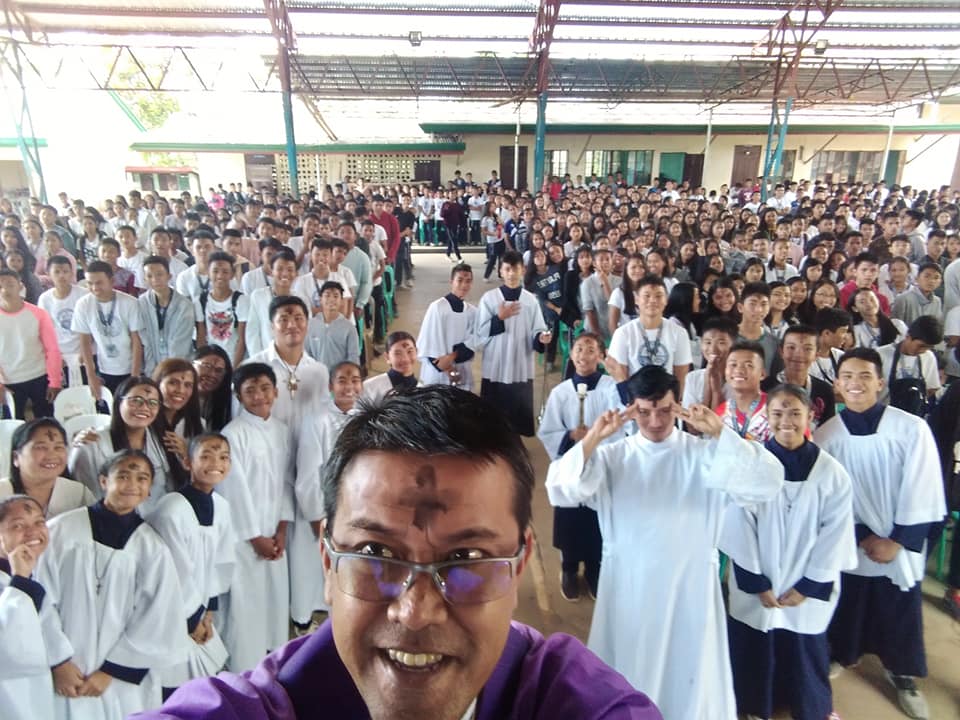

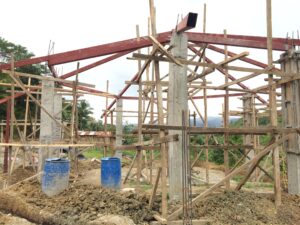
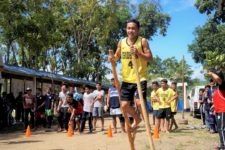
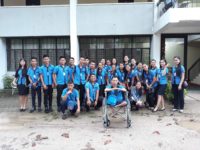

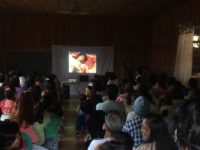
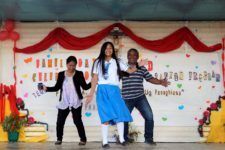
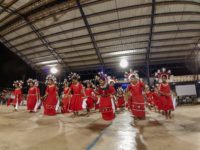
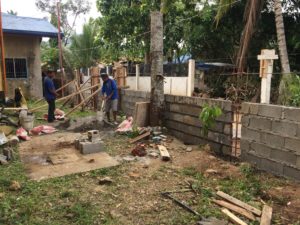

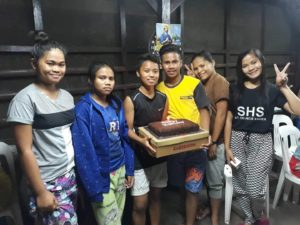
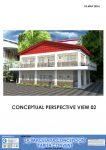


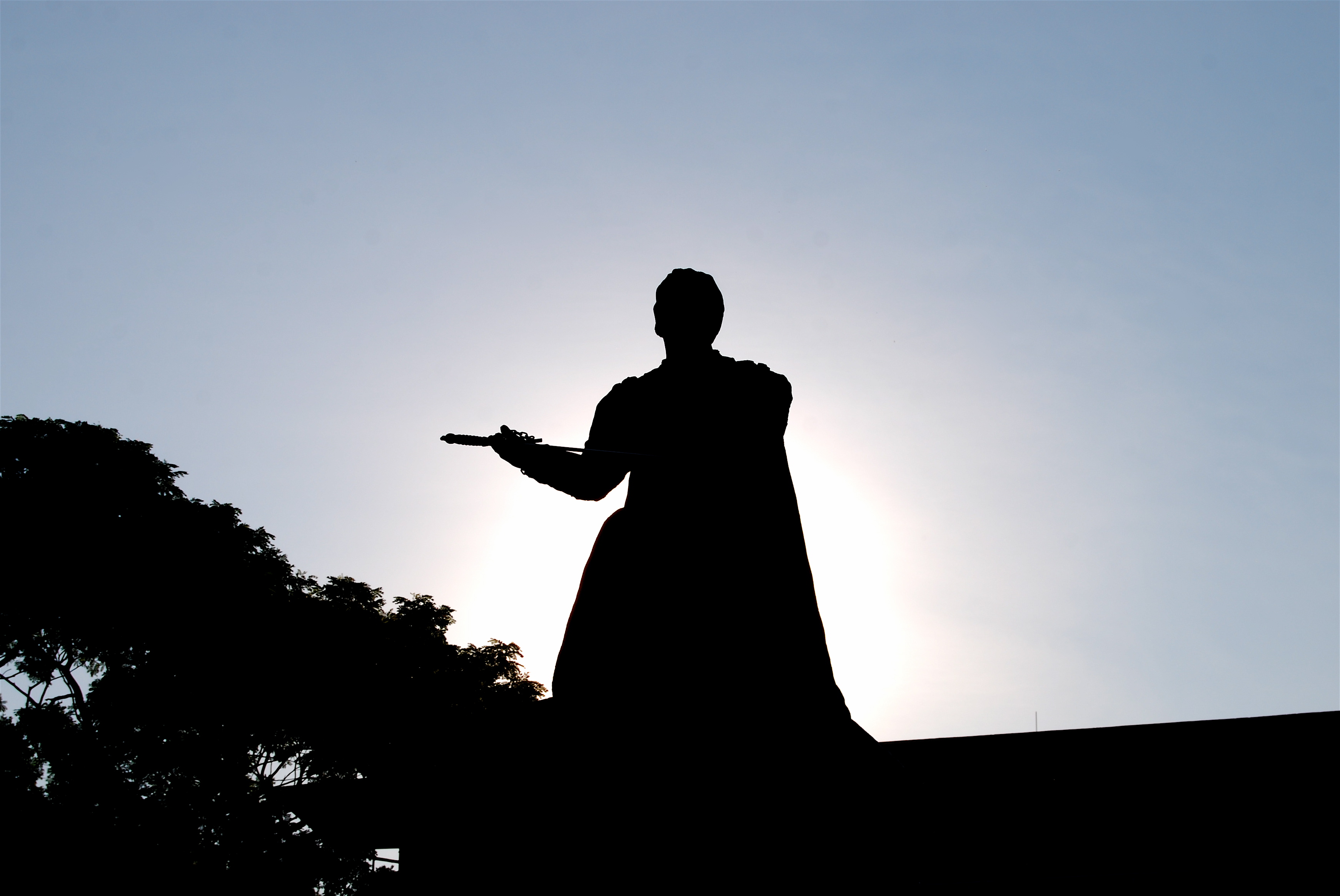
 Prayer becomes a one-sided monologue when we always think of formulations, petitions or thanksgiving. True prayer is silencing the self to listen and learn from God. Our prayers are too scripted and wordy. We focus on our efforts rather than on God’s action. Anthony de Mello said, “The final barrier between us and God is our concept of God . . . Where the self is, God is not.”
Prayer becomes a one-sided monologue when we always think of formulations, petitions or thanksgiving. True prayer is silencing the self to listen and learn from God. Our prayers are too scripted and wordy. We focus on our efforts rather than on God’s action. Anthony de Mello said, “The final barrier between us and God is our concept of God . . . Where the self is, God is not.” Many pray the way Jesus told us not to pray. We use plenty of words and make our practices indispensable. In the Beatitudes, Jesus said that the pure of heart will see God. We cloud the transparency of God’s goodness and truth when we clutter our prayer with too many beliefs and rituals. We distract and deceive ourselves with more form rather than substance. We focus on human tradition and ignore God’s spirit.
Many pray the way Jesus told us not to pray. We use plenty of words and make our practices indispensable. In the Beatitudes, Jesus said that the pure of heart will see God. We cloud the transparency of God’s goodness and truth when we clutter our prayer with too many beliefs and rituals. We distract and deceive ourselves with more form rather than substance. We focus on human tradition and ignore God’s spirit.
